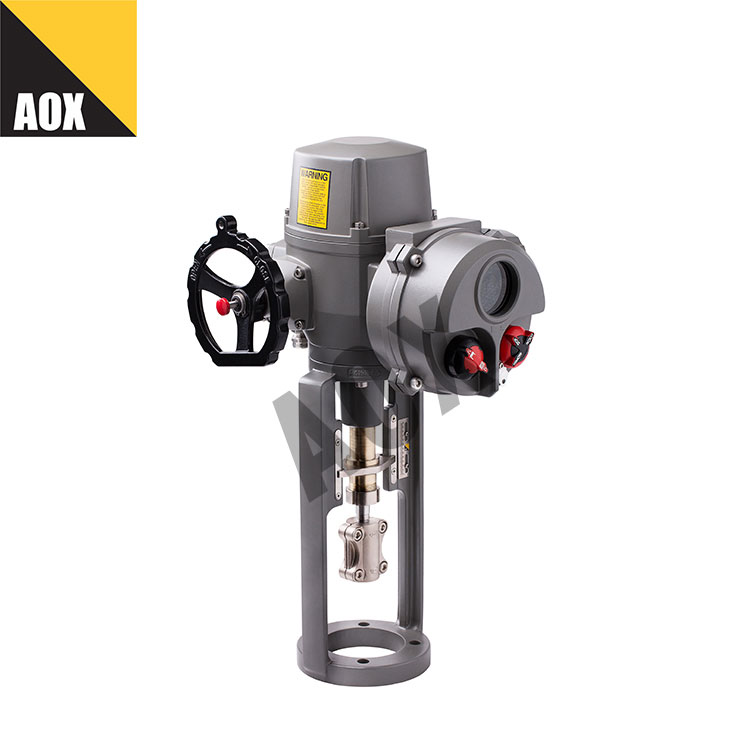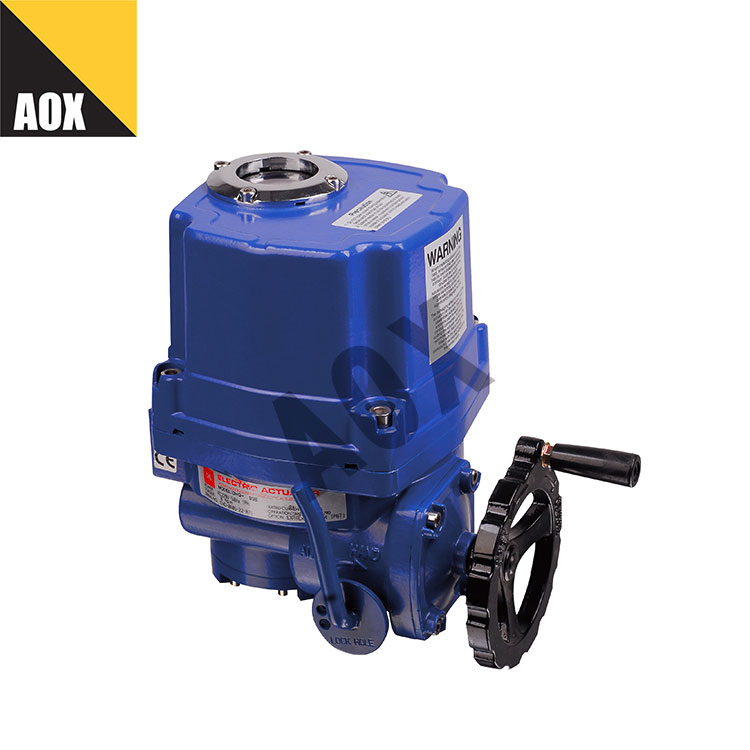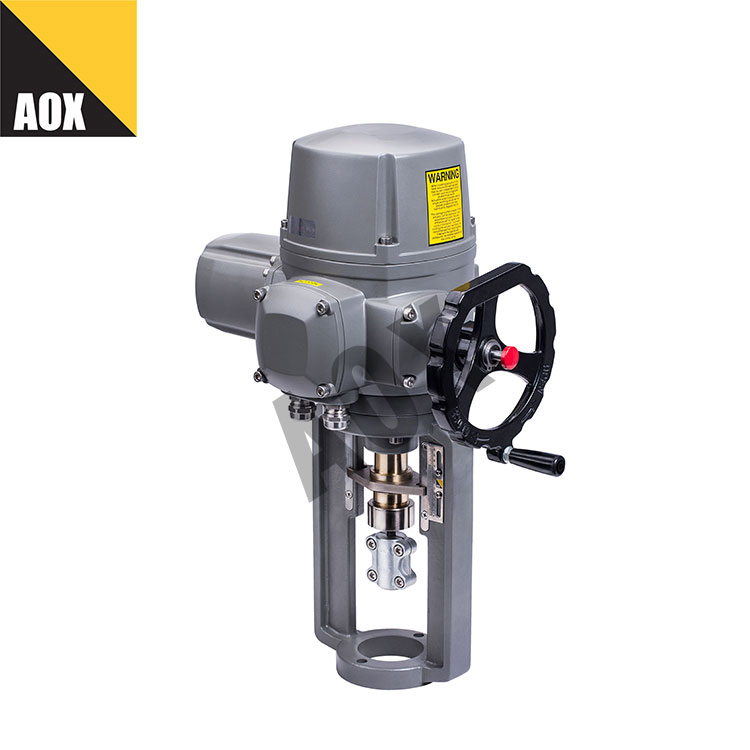Electric gate valves have irreplaceable roles and important applications in many aspects. Using electricity as energy support can better improve work efficiency, without pollution, and it is an environmentally friendly energy method. Let's take a look at the structural characteristics of the electric gate valve.




Structural characteristics of electric gate valve
1. The valve adopts pressure self-tightening seal or valve body and valve cover gasket sealing structure, which is trustworthy! Safe and reliable to use.
2. The valve disc adopts the structure of double gate with a universal top in the middle, which can automatically adjust the coincidence of the valve disc and the sealing surface of the valve seat to ensure the sealing of the valve. At the same time, the structure is easy to maintain, saves costs, and has good valve disc interchangeability.
3. Cobalt-chromium-tungsten cemented carbide is made of cobalt-chromium-tungsten carbide for the sealing surface of valve disc and valve seat. The sealing surface has high hardness, abrasion resistance, abrasion resistance and long service life.
4. The valve stem is made of nitrided steel, the surface is nitrided, with high hardness, scratch resistance, corrosion resistance and long service life.
5. The electric device is equipped with a torque control mechanism, an on-site operating mechanism and a hand-electric switching mechanism. In addition to local operation, it can also perform remote operation, PLC control, 4~20mA current input and output intelligent control, etc.
6. The manual valve is opened by the manual mechanism or the handwheel when it hits. Reduce valve operating force.
7. The valve can be installed in any position of the pipeline, and the carbon steel or alloy steel valve can be selected according to the medium and the temperature of the medium.
8. When installing and debugging for the first time, the valve must be manually opened to about half of the position to avoid damage to the valve or electrical equipment caused by the reverse connection of the motor phase sequence.
 English
English  Español
Español  Português
Português  русский
русский  Français
Français  日本語
日本語  Deutsch
Deutsch  tiếng Việt
tiếng Việt  Italiano
Italiano  Nederlands
Nederlands  ภาษาไทย
ภาษาไทย  Polski
Polski  한국어
한국어  Svenska
Svenska  magyar
magyar  Malay
Malay  বাংলা ভাষার
বাংলা ভাষার  Dansk
Dansk  Suomi
Suomi  हिन्दी
हिन्दी  Pilipino
Pilipino  Türkçe
Türkçe  Gaeilge
Gaeilge  العربية
العربية  Indonesia
Indonesia  Norsk
Norsk  تمل
تمل  český
český  ελληνικά
ελληνικά  український
український  Javanese
Javanese  فارسی
فارسی  தமிழ்
தமிழ்  తెలుగు
తెలుగు  नेपाली
नेपाली  Burmese
Burmese  български
български  ລາວ
ລາວ  Latine
Latine  Қазақша
Қазақша  Euskal
Euskal  Azərbaycan
Azərbaycan  Slovenský jazyk
Slovenský jazyk  Македонски
Македонски  Lietuvos
Lietuvos  Eesti Keel
Eesti Keel  Română
Română  Slovenski
Slovenski  मराठी
मराठी  Srpski језик
Srpski језик 








